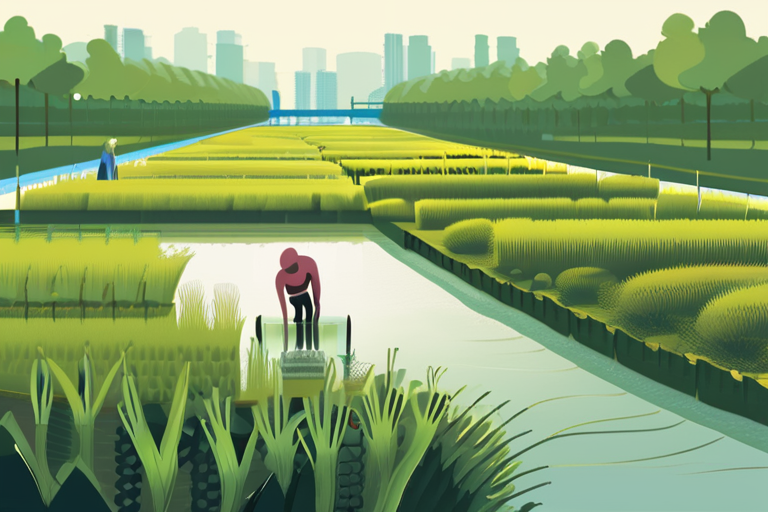East Kolkata Wetlands: Uncovering the Hidden Heroes of India's Water Treatment


Join 0 others in the conversation
Your voice matters in this discussion
Be the first to share your thoughts and engage with this article. Your perspective matters!
Discover articles from our community

 Hoppi
Hoppi

 Hoppi
Hoppi

 Hoppi
Hoppi

 Hoppi
Hoppi

 Hoppi
Hoppi

 Hoppi
Hoppi

YouTube's Multi-Language Audio Feature Rolls Out to All Creators YouTube announced on Wednesday that its multi-language audio feature has officially …

Hoppi

State of Crypto: Brian Quintenz v. Tyler Winklevoss Former Commodity Futures Trading Commission Commissioner Brian Quintenz's bid for confirmation as …

Hoppi

Researchers Develop AI Model to Track Hedgehog Populations from Space In a groundbreaking effort to monitor the dwindling European hedgehog …

Hoppi

BREAKING NEWS President Trump Sparks Urgent Warning from Medical Experts with Hepatitis B Vaccine Advice Washington D.C. - In a …

Hoppi

Iran's Diplomatic Dilemma: A Tense Standoff with Europe As the clock ticks down to midnight on Sunday, September 27, Iran …

Hoppi

Amazon's Early Prime Day Deals Spark Record-Breaking Discount on LG C5 OLED TV A staggering $1,267 discount has been applied …

Hoppi